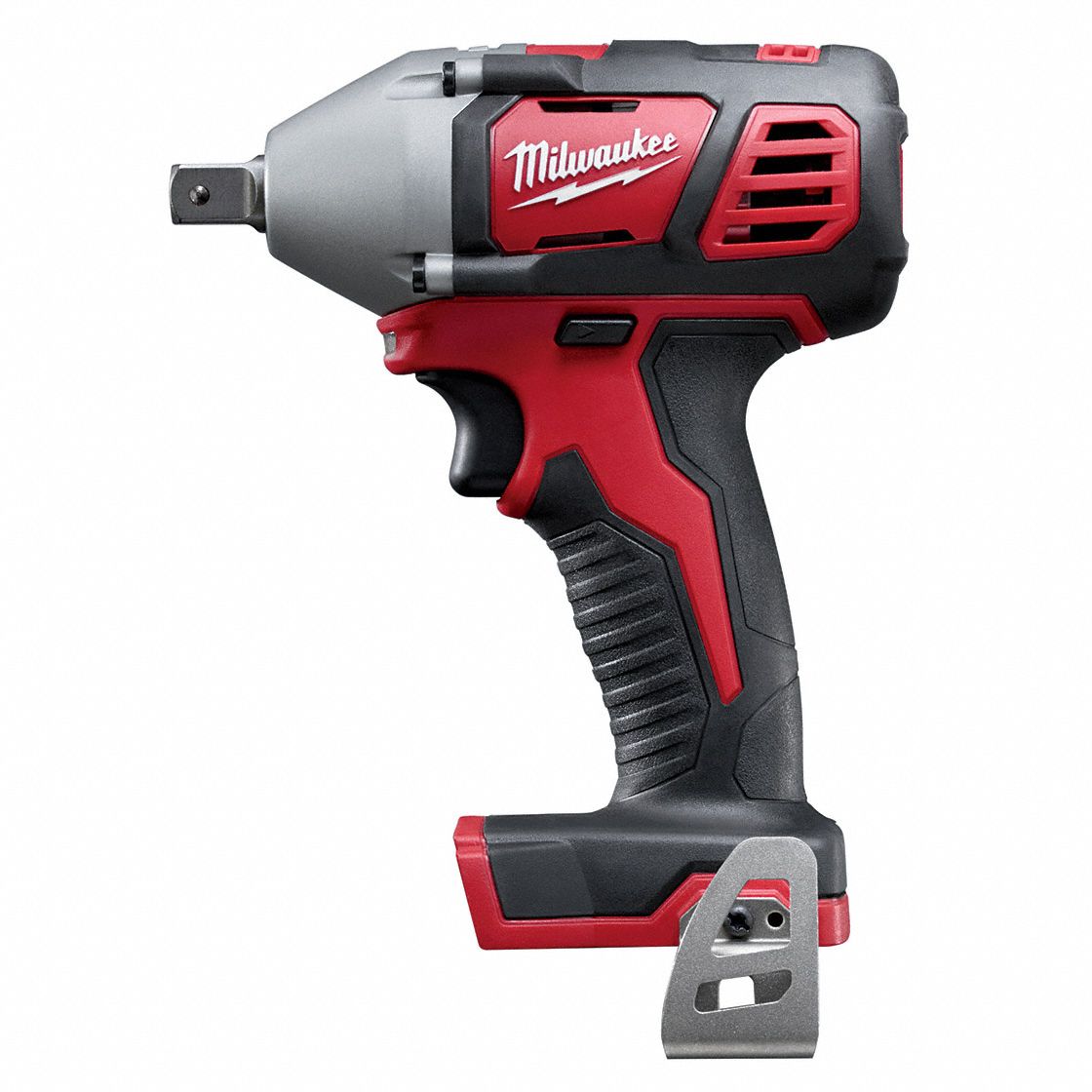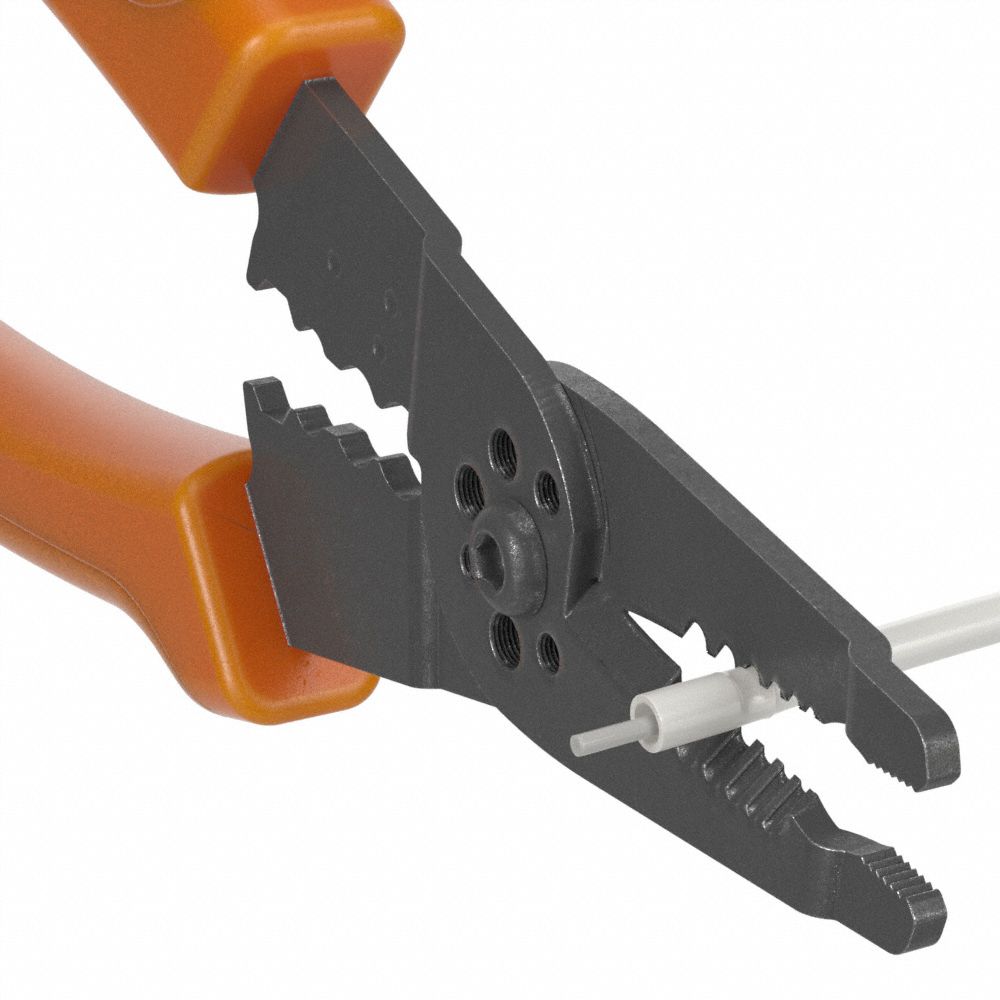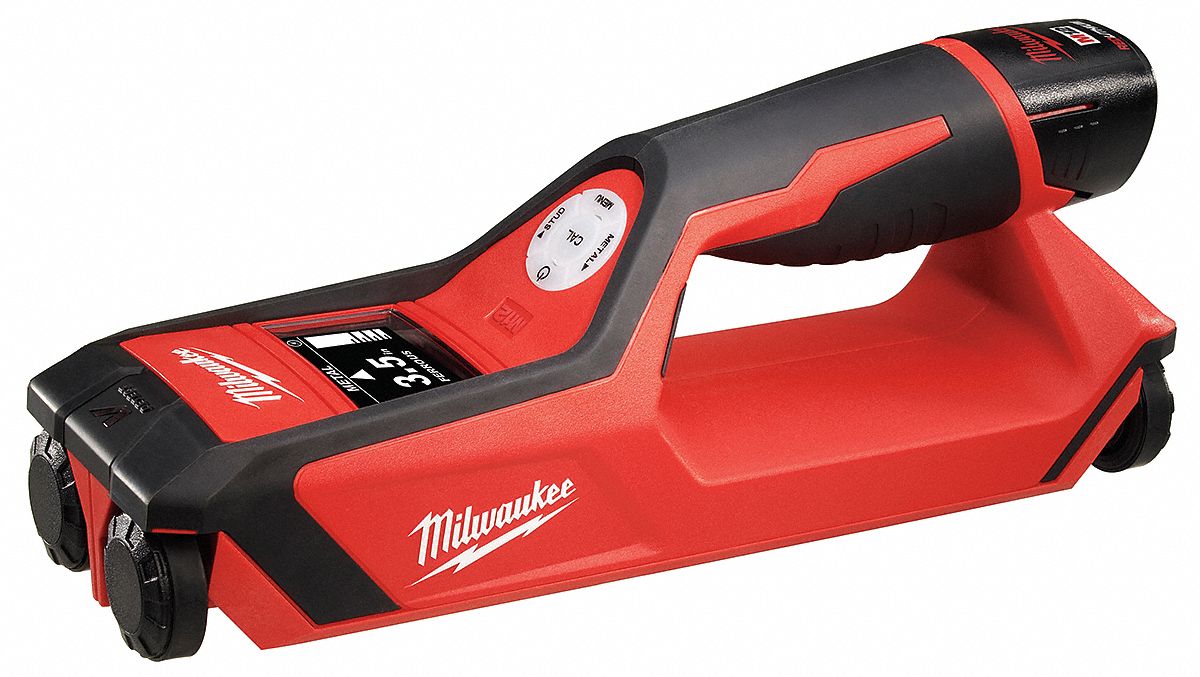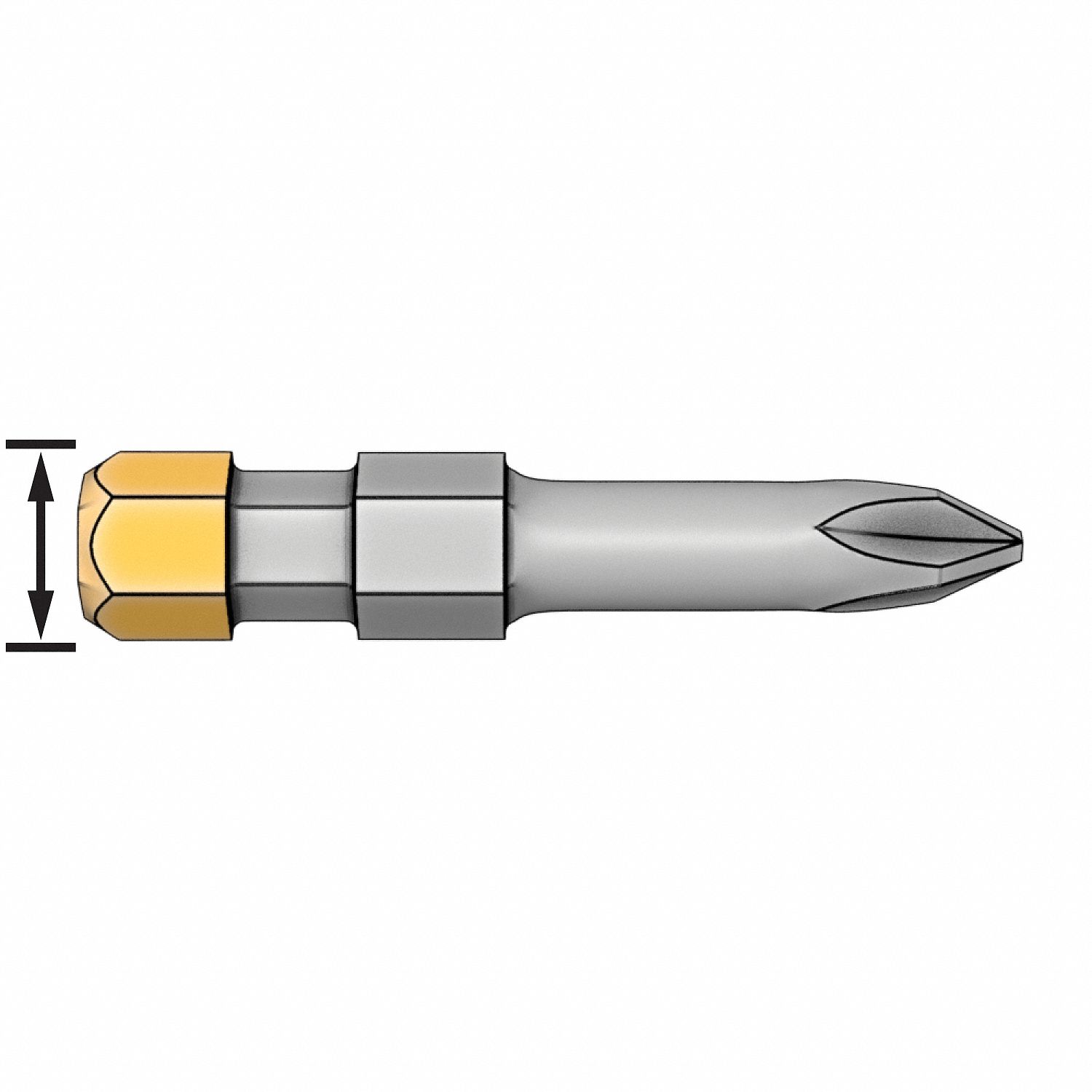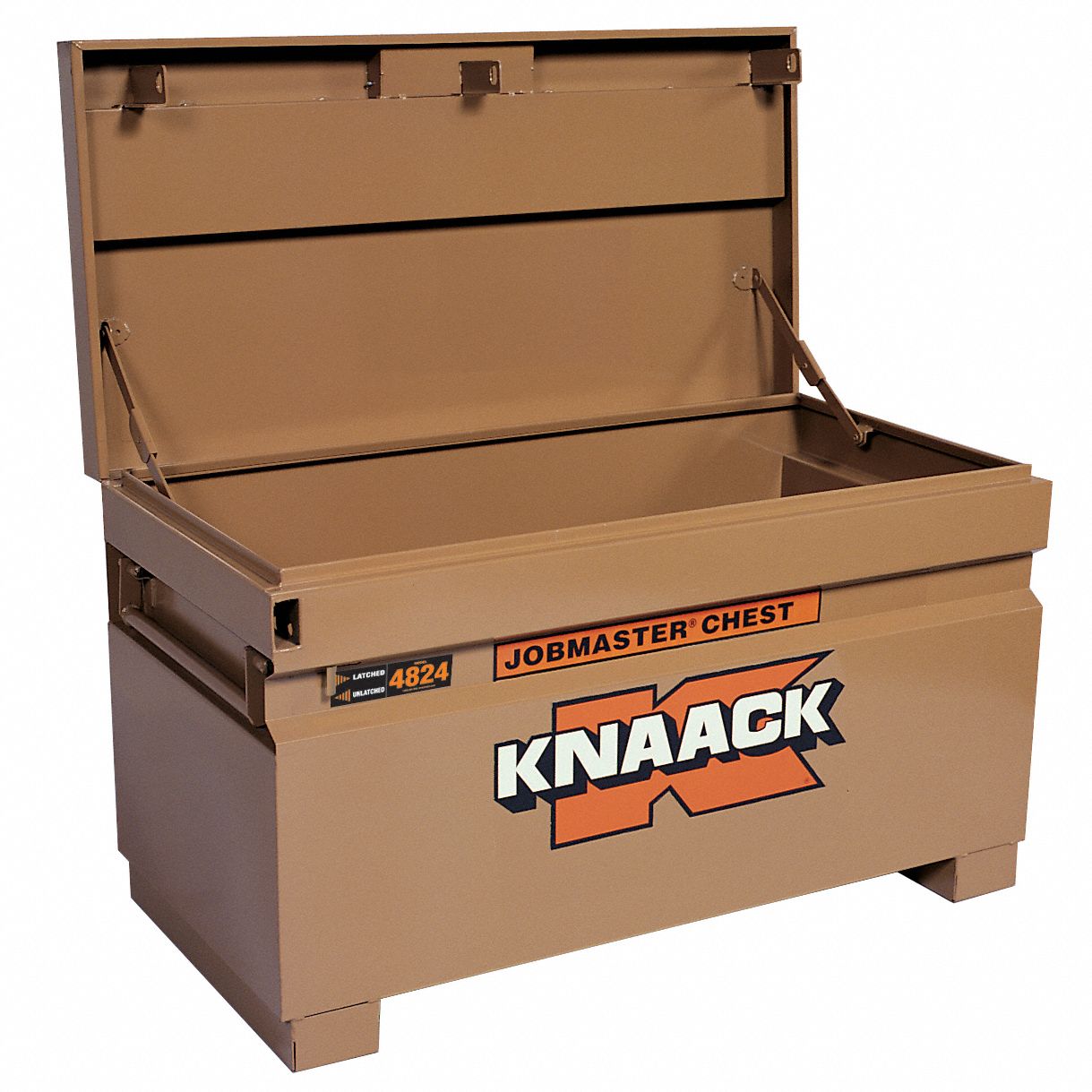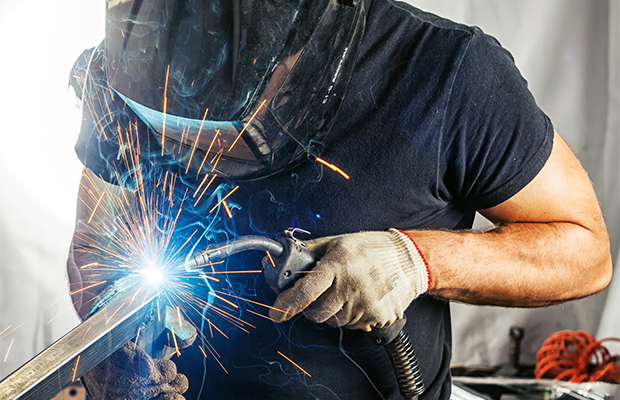

Welding Advice from a Mobile Metal Fabricator
By Grainger Editorial Staff 10/15/18


When Chris Cramer started his mobile fabrication and repair business, Metal Connections of Oshkosh, Wisconsin, he worked out of a trailer and used one of Wisconsin’s park-and-ride lots as home base. Today, Cramer has a strong customer base of about 150 businesses, which range from aerospace companies to paper mills and restaurants. While the company has grown greatly in scope and Cramer has traded in the parking lot for a 3,000-ft. fabrication shop, he still does most of his work from his trailer. “I combined all the welding fabrication processes into a mobile service so that I can go almost anywhere and work with virtually any metal, including exotic alloys for the aerospace industry, stainless for restaurants, aluminum and steel.”
Providing that versatility from the confines of his 20-ft. cargo trailer required Cramer to choose his equipment wisely. “The equipment must all fit into the trailer with room left over for materials and supplies,” Cramer said. “I have one truck and trailer, and I don’t want to make two trips for supplies. That would waste time and effort. The equipment has to be as tight and small as possible. I have no extra room.” Portability is also a major issue. “I may have to carry my equipment up stairs, on lifts, across catwalks and through factories,” Cramer said. “The equipment needs to be light enough that I can move it by myself and do so in as few trips as possible. However, I can’t sacrifice performance for size.”While these goals may seem ambitious, Cramer was able to meet them with a relatively small amount of equipment.
CORE WELDING EQUIPMENT LIST
For a mobile fabricator just starting out, Cramer recommends starting with a gas welder/generator that has at least 9,500 watts of continuous generator power and multiple process outputs for Stick welding, MIG welding, flux cored welding, carbon arc gouging and AC/DC TIG welding (AC for aluminum, DC for ferrous metals). “This is my main power source,” says Cramer. “With it, I can run all of my other equipment: my plasma cutter, MIG welder and AC/DC TIG welding unit. But it has great arc quality of its own. For someone entering the mobile fabrication business, a trailer and welder/generator unit gives a lot of the basic capabilities. Just add leads for Stick welding for a fairly basic set up. For TIG welding, if the project is near the trailer, I use the engine drive paired with a high-frequency starter. However, since I often work a fair distance from the trailer, I have a Dynasty 200 DX AC/DC TIG/Stick inverter.”
Cramer swears by today’s advanced TIG welders because they weigh 45 lbs. or less and connect to any type of primary power (115, 230 or 460 VAC). This helps eliminate potential downtime searching for a suitable power receptacle, which can be a major headache on some job sites. In addition, some inverters feature additional controls not found on welder/generators, specifically high speed pulsed DC TIG and advanced AC TIG controls.
Stainless steel, the mainstay of Cramer’s restaurant work, is notoriously prone to warping, which leads to fit-up and quality issues. High-speed pulsed TIG welding helps reduce heat input to combat warping, and it also can improve weld quality and travel speed. Advanced AC TIG welding provides similar benefits, but it is specifically designed for aluminum.
WIRE WELDING EQUIPMENT
“If I’m working high in a bucket or if I just need some quick welds, I’ll use Stick welding,” Cramer said. “But when possible, I prefer to use wire welding because it has the best bead appearance (compared to Stick). I have two suitcase wire feeders. One holds an 8-in spool and is a bit smaller and lighter, which makes it easier to carry through a plant or into tight locations. It’s a very durable unit. I must have had it on about 1,500 jobs. It’s been run hard and it has not skipped a beat.”
MIG and flux cored welding processes can help increase productivity by a range of 20 to 45 percent compared to Stick welding. As a one-man operation (or with just one or two helpers), Cramer needs to select equipment that helps him complete a project faster so he can move on to the next customer. When primary power isn’t available, Cramer connects his suitcase wire feeders to his engine drive. If primary power is available, or when he needs to work inside a plant, Cramer connects it to a multiple-process, 350-amp inverter with Stick, MIG, DC TIG, flux cored and carbon arc gouging outputs.
PLASMA CUTTERS
“I own an oxy-fuel set-up,” Cramer says, “but I only use it for preheating. Plasma cutters are two or three times as fast and the cut is much cleaner. With plasma, I can get a cut that’s almost equivalent to that of a hydraulic shear. It’s also very accurate. I can easily create a jig with a piece of flat stock and get a very accurate cut.” On a project for Fox Cities Stadium, the job required Cramer to cut away portions of the old scoreboard and weld new brackets into place. For the cutting portion of the job, he turned to his 60-amp plasma cutter, the Spectrum 875, which provides a 7/8-in. cut rating at 10 inches per minute. At 52 lbs., the unit remains light enough to carry by hand and easily take up in a cherry picker. This differs greatly from plasma units of the past, which often weighed twice as much. “I also used the Spectrum 875 during a plant shutdown, and it was much easier to get around, to take up stairways and across catwalks. It gives me the size, performance, reliability and power that I need. It makes things a lot more efficient,” Cramer says. With today’s advanced mobile welding technology, it’s easier than ever to get the off-site welding job done.
Article courtesy of Miller Electric
The information contained in this article is intended for general information purposes only and is based on information available as of the initial date of publication. No representation is made that the information or references are complete or remain current. This article is not a substitute for review of current applicable government regulations, industry standards, or other standards specific to your business and/or activities and should not be construed as legal advice or opinion. Readers with specific questions should refer to the applicable standards or consult with an attorney.

